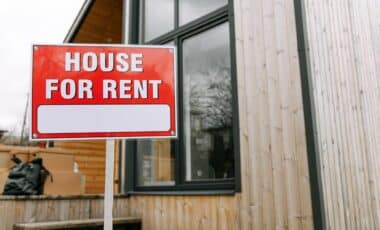Australia’s housing market continues to be one of the country’s most scrutinised economic indicators, drawing attention from policymakers, investors and everyday homeowners alike.
With homeownership out of reach for many and prices rising once again, understanding the current trajectory of the market is key to assessing broader economic stability and social equity.
In 2025, the complex interplay between monetary policy, housing supply and affordability is shaping a property landscape marked by regional divergence and structural imbalance.
Interest Rates Drive New Phase of Housing Growth
The Australian residential property market is once again in a period of growth following a brief slowdown earlier in the year.
According to AMP Chief Economist Dr Shane Oliver, national property prices have been on an upward trajectory since February, with broad-based gains across both previously sluggish and booming cities. Cities such as Melbourne, Hobart, Canberra, Darwin, and Sydney have joined Brisbane, Adelaide, and Perth in registering price increases.
This renewed momentum is largely attributed to falling interest rates, which are enhancing the appeal of property as an investment and boosting borrowing capacity for buyers.
As Dr Oliver noted, historical data since 1982 indicates that five out of seven previous rate-cutting cycles resulted in housing price growth within 12 to 18 months, assuming no recession occurs. With the Reserve Bank of Australia expected to reduce rates gradually over the coming quarters, this pattern appears to be repeating.
Beyond interest rates, Australia’s robust labour market and post-pandemic household savings have further supported housing stability, allowing mortgage holders to absorb rising costs more effectively. Despite elevated debt levels, mortgage arrears remain below 1%, indicating overall financial resilience among borrowers.
Construction Delays and Affordability Challenges Persist
While market momentum remains strong, structural issues continue to weigh on housing availability and accessibility.
According to AMP analysis, Australia faces a chronic undersupply of dwellings, estimated at between 200,000 and 300,000 units, a shortage exacerbated by long-standing population growth outpacing housing development. Although immigration has slowed in recent months, the backlog remains a significant constraint.
Compounding the issue, construction timelines have lengthened dramatically. Over the past decade, the average time to complete a detached house has increased by 57%, and by 65% for units.
Rising construction costs, regulatory hurdles and labour shortages have contributed to these delays. Efforts such as the Housing Accord—which targets the construction of 1.2 million homes over five years—are yet to meet required annual build rates.
Affordability has steadily deteriorated since the 1990s, with the average time to save a 20% deposit rising from four years to nearly ten for a median-income earner. The price-to-income and price-to-rent ratios remain significantly above long-term averages, further limiting entry for first-time buyers.
Despite these obstacles, the national market remains fragmented. While houses are estimated to be around 30% overvalued, units in cities like Melbourne and Perth are close to or even below long-term valuation levels, suggesting localised opportunities for both investors and buyers.









